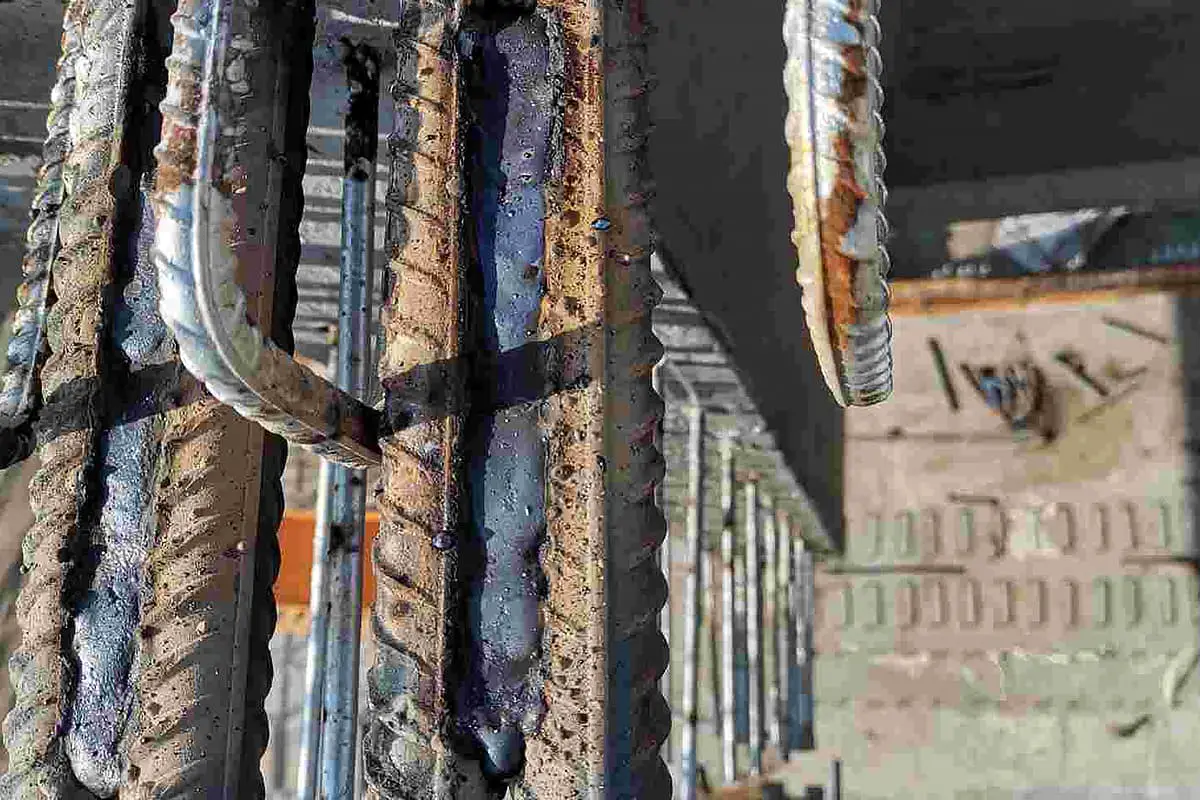Preventing Weld Undercut Demystified: Techniques for Success
Preventing Weld Undercut Demystified: Techniques for Success
Blog Article
A Comprehensive Overview to Identifying, Stopping, and Fixing Undercut Welding Troubles in Your Welding Jobs
In the world of welding, running into undercut issues is a typical obstacle that can jeopardize the architectural stability and overall top quality of your welding projects. Remain tuned as we check out the important components of identifying, avoiding, and fixing undercut welding troubles, giving you with valuable understandings and approaches to raise your welding skills to the following level.
Common Root Causes Of Undercut Welding
Undercut welding, a typical problem in welding processes, can be brought on by different aspects that need to be very carefully identified and addressed to ensure the honesty of the weld joint. Among the primary reasons for undercut welding is extreme warmth input. When the welding criteria, such as voltage, existing, or travel rate, are not appropriately established, an extreme amount of warm can be produced. This excess warmth leads to the melting and subsequent elimination of the base material along the sides of the weld joint, creating a groove referred to as undercut.
An additional usual root cause of undercut welding is incorrect welding method. Poor manipulation of the soldering iron or weapon, wrong angle or range in between the workpiece and the lantern, or irregular traveling rate can all add to the formation of undercut. In addition, utilizing the wrong welding consumables or electrode dimension for a specific joint setup can lead to undercut concerns. Identifying these root triggers and implementing restorative measures is necessary in preventing and rectifying undercut welding troubles in welding jobs.
Identifying Undercut in Welds

To identify undercut properly, proper lights and zoom tools are vital to check the weld joint extensively. Utilizing devices such as a welding gauge or a magnifying glass can help in identifying also the smallest undercut imperfections. In addition, running a finger or a finger nail along the weld joint can occasionally reveal undercut, as the surface area may feel unequal or have a dip where the undercut exists.
Preventative Procedures for Undercut
Having a deep understanding of the causes of undercut in welds enables for the execution of effective precautionary steps to preserve weld quality and integrity. These setups should be optimized to stop extreme warmth input, which can lead to damage formation.

Methods for Taking Care Of Undercut

To deal with undercut concerns effectively, welders can employ particular methods targeted at remedying the defect and restoring the stability of the weld joint. One method is to readjust the welding criteria, such as the voltage, current, and take a trip speed, to make certain appropriate warmth input and blend. Boosting the welding present or minimizing the travel speed can help complete the undercut. In addition, transforming the welding technique from a push to a drag or vice versa can also help lessen undercut.
An additional technique is to utilize a weaving motion while welding to make certain proper sidewall combination and fill in the undercut. By oscillating the welding arc back and forth within the weld joint, the welder can deposit extra filler product right into the undercut locations, efficiently getting rid of the flaw.
In addition, grinding out the undercut and rewelding the joint can be a feasible option for a lot more severe undercut issues - Preventing weld undercut. This process includes eliminating the undercut area, preparing the base metal, and after that rewelding the joint with appropriate welding specifications and strategies to stop undercut from reoccurring

Specialist Tips for Preventing Undercut
Utilizing proper welding techniques and maintaining control over key welding criteria are important techniques for welders aiming to stop undercut in their weld joints. Additionally, choosing the suitable welding procedure and filler steel for the certain application can help stop undercut. Maintaining a constant traveling rate during the welding process is an additional necessary pointer to prevent undercut.
Conclusion
Finally, determining, preventing, and fixing undercut welding problems in your welding projects is crucial for guaranteeing resilient and solid welds. Preventing weld undercut. By comprehending the usual reasons for undercut, being able to identify it in welds, executing precautionary steps, and utilizing appropriate methods for taking care of undercut, you can prevent possible issues and produce premium welds. this link Following specialist suggestions for avoiding undercut can help you boost your welding skills and produce better cause your jobs
Undercut welding, a common problem in welding processes, can be created by numerous variables that need to be carefully recognized and addressed to make sure the integrity of the weld joint. Additionally, running a finger or a finger nail along the weld joint can often disclose undercut, important link as the surface area might really feel uneven or have a dip where the undercut exists.
Using proper welding techniques and preserving control over key welding criteria are important techniques for welders aiming to avoid undercut sites in their weld joints.In conclusion, determining, avoiding, and taking care of undercut welding issues in your welding jobs is important for ensuring resilient and strong welds. By recognizing the typical reasons of undercut, being able to determine it in welds, executing preventative procedures, and using proper strategies for taking care of undercut, you can stay clear of potential problems and develop high-grade welds.
Report this page